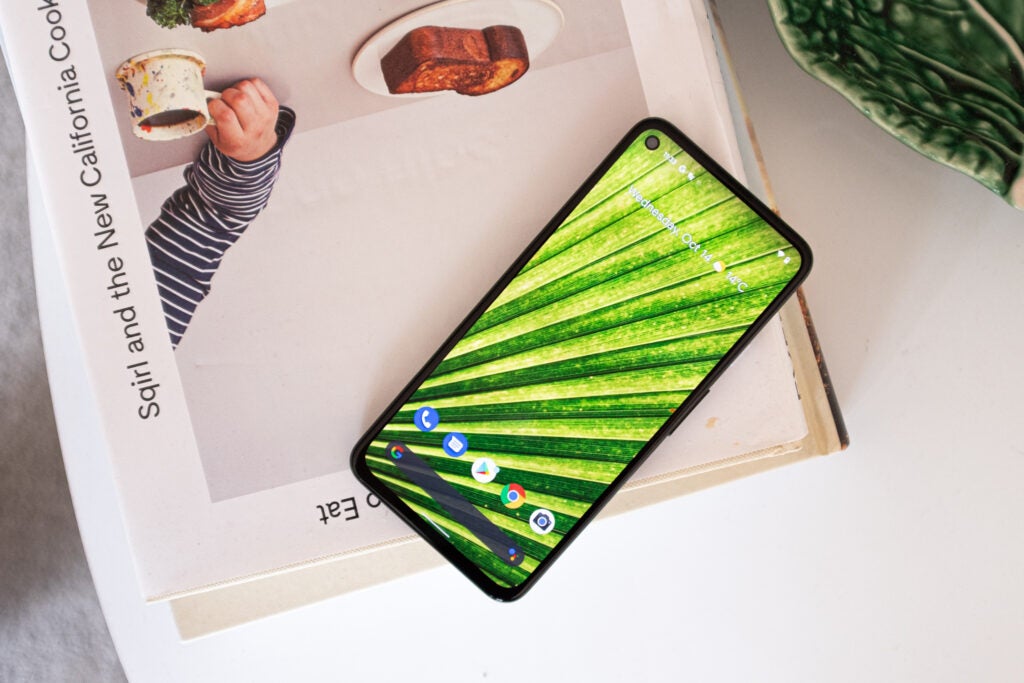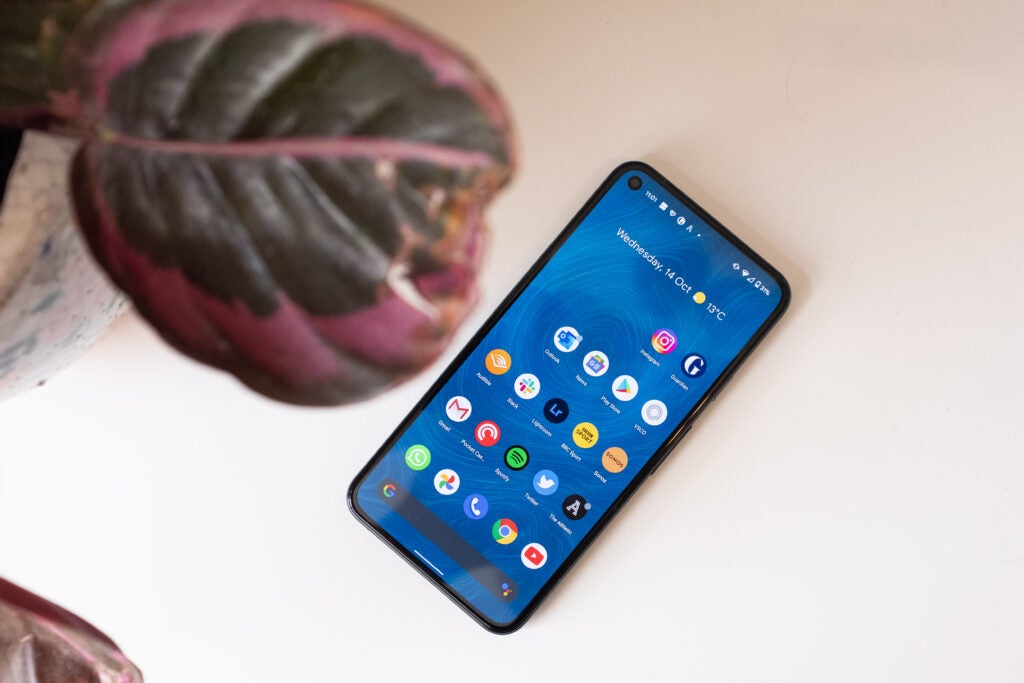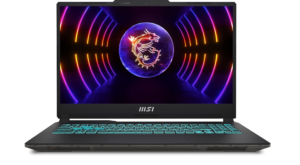
Looking to buy a top end phone that doesn’t cost $1000/£1000, but not sure which to get?
You’re not alone. The mid-range phone market has taken huge strides recently with key manufacturers managing to bring traditionally flagship features to lower price points.
This has led to a wave of brilliant value smartphones to hit the $400-$800 (£400-£750) market proving there’s no reason for anyone but THE most demanding of users to pay $1000/£1000 for a phone.
The only downside is that the increased choice has made it fairly difficult to know which is best for your specific needs. Even in the mid-range market there are huge disparities between phones battery lives, screen quality and camera performance.
Here to help, our team of tech experts have created this guide detailing the best phones we’ve tested. Every handset has been put through a series of rigorous synthetic benchmarks and real world tests to ensure it’s a quality product.
If you want a broader look at which phones are available, our best Android phone guide covers the spectrum of cheaper, mid-range and flagship devices. Prefer Apple? Our Best iPhone list is for you. For more budget options, head to our best cheap phones list.
1. OnePlus 9
Pros:
- Well calibrated screen that’s perfect for gamers and movie fans
- Solid camera with an advanced pro mode for tinkerers
- Outstanding, future proof performance
Cons:
- Lack of variable refresh rate means the screen eats up battery in its highest setting
- Camera’s image processing can be a little heavy handed
If you’re a power user that desperately wants a flagship phone, but can’t afford to spend over $1000 then the OnePlus 9 is the best option at the moment.
It features all the key trappings you’d expect from a flagship. Highlights include 5G connectivity, top of the line internal components plus a few exclusive extras that put it a cut above its arch-rival, the Galaxy S21, during our tests.
The biggest are its improved Hasselblad camera setup. Built in partnership with the iconic camera brand the OnePlus 9’s rear camera beats the Galaxy S21 when it comes to color reproduction and features a more useful secondary ultrawide sensor, which is great if you regularly shoot landscape shots.
It’s also one of the fastest charging phones we’ve reviewed. During our tests its Warp Charge tech let the phone go from zero to 100 percent charge in less than 30 minutes, which is seriously impressive.
The only slight downside is that, unlike the Galaxy S21, the phone’s 120Hz AMOLED screen doesn’t feature a variable refresh rate. This means it offers slightly shorter battery life than we’d like if you set the screen to its highest settings.
- Read our full OnePlus 9 review

2. Samsung Galaxy S20 FE
The best mid-range Samsung Galaxy phone
Pros:
- Snapdragon 865 in the UK
- Lovely 120Hz panel
- Available in a nice array of colours
Cons:
- Secondary cameras aren’t great
Although £699 might be pushing the definition of mid-range, when you have flagship devices costing double, it’s simply the situation we find ourselves in. Thankfully, Samsung has crammed many of last year’s best flagship features into the Galaxy S20 FE, without making too many sacrifices.
The highlights here include an attractive 120Hz OLED flat panel offering punchy colours and deep blacks, 6GB of fast RAM and 128GB storage. You’ll also find a triple camera array on the rear of the device, which is headlined by an excellent 12-megapixel camera capable of capturing bright, detailed and intensely colourful photos. Through testing, we found it more than good enough for taking photos for use on social media and video-calling over Zoom. However, we’d still say the Pixel series offers the very best camera experience in this price bracket.
Samsung has also included plenty of features that are often ditched at this price, including Qi charging, an IP68 water-resistance rating and expandable storage.
The real star of the show here is the Snapdragon 865 chipset (there’s also a 4G Exynos 990 version available for £100 less), which not only gives the FE better performance than other European versions of last year’s S20, but superior battery life, too. There’s 5G support to boot – although, as we found during testing, unless you live in an area with 5G coverage, the latter isn’t a huge selling point.
Finally, there’s the FE’s design, which is fairly similar to Samsung’s current Galaxy S21. It’s built of tough plastic rather than glass. But using it as my everyday phone, I found the matte finish attractive – and, unlike most plastic-backed phones, it wasn’t a magnet for fingerprints. The Samsung Galaxy S20 FE is also available in a range of eye-catching colours, including a deep blue and striking red.
- Read our full Samsung Galaxy S20 FE review
3. Google Pixel 5
A simple Pixel
Pros:
- Best camera at this price
- Great battery life
- 90Hz screen
Cons:
- Bland design
- Faster performance available elsewhere
The Pixel 5 might be Google’s flagship product, but in terms of pricing it remains a mid-range device. This £599 phone isn’t a performance champ like the OnePlus 8T; however, it does have plenty going for it.
For example, the camera is the best on this list by a sizeable margin. Testing it around London, we found the 12-megapixel main unit and 16-megapixel ultra-wide take excellent shots, with lovely colours and fantastic HDR. For the price, this the best camera around.
There’s good, if not class-leading performance, from the Snapdragon 765G chipset and 8GB of RAM, in addition to 5G and an attractive 90Hz OLED panel. Google also continues with luxuries such as a metal body, IP rating and wireless charging.
- Read our full Pixel 5 review

4. Motorola Edge
A great all-rounder with 5G
Pros:
- 5G
- Decent screen
- Great battery life
- Motorola’s software is great
Cons:
- A little buggy
- Curved screen can be irritating
The Motorola Edge Plus may come packing the true high-end specs, but it is the Motorola Edge that feels the more interesting device. Like the OnePlus 8T which tops this list, the Edge provides 5G support.
Reviewing it, I found the Motorola Edge a striking phone, with it sporting a curved screen that droops heavily over the sides. While the curves makes it slightly more difficult to hold, particularly in the rain, the screen itself is decent. The OLED panel offers users FHD+ resolutions and HDR10 support, which made it one of the best handsets we’ve tested at this price for movie binging – especially if you’re paying extra for HDR quality on services such as Netflix.
Inside the phone sits a very capable Snapdragon 765 chipset, 6GB of RAM and 128GB of storage. An IP rating and wireless charging are lacking, though.
Using it daily, I found that battery life was great – as you’d expect from a 4500mAh cell, which is larger than the norm for a phone at this price.
You’ll find three cameras on the back, with the 64-megapixel main sensor capable of capturing some excellent photos. Motorola continues its run of delivering a decent software provision here, with nice gestures and handy additions.
- Read our full Motorola Edge review

5. Google Pixel 4a
A mix of the 4a and 5
Pros:
- Great camera that’s the same as the Pixel 5
- Bigger display than the Pixel 5
- Decent performance and 5G
Cons:
- Design a bit bland
- The Pixel 5 packs in more features for not much more money
Sitting bang in the middle of Google’s 2020 range of Pixel phones is the 4a 5G. It’s very much a mixture of the 4a and 5 models, combining the design of the former with the camera and 5G support of the latter.
It’s the biggest of the Pixels, too, coming with a 6.2-inch display. This OLED panel looks great, even if we do wish it had a 90Hz refresh rate. It’s missing wireless charging too, and an IP rating which are two features often missed at this price. Other specs include a 765G Snapdragon chipset, 6GB of RAM and 128GB of storage. It runs Android 11.
Battery life during testing was good, but it’s the dual camera that really shines. It’s the same unit as included in Pixel 5, which means in tests it proved capable of taking super-detailed shots in all manner of conditions, including low light. If camera is your main focus then this should be very high on your list, especially if you don’t want to spend more on the Pixel 5.
- Read our full Google Pixel 4a 5G review

6. LG Velvet
LG’s most tempting phone in some time
Pros:
- Much-improved design
- Big, bright and colourful screen
- 5G
- Headphone jack
Cons:
- Only a 60Hz screen
- Some odd performance issues
The LG Velvet is the brand’s latest attempt at an upper mid-range device and it’s one of its most tempting from the Korean tech heavyweight in years, thanks to an improved design and the addition of 5G.
Like many phones we’ve seen this year, the Velvet is powered by the very capable Snapdragon 765G chipset. And while this device isn’t the fastest around, especially next to the Galaxy S20 FE and OnePlus 8T, it will still get the job done. In addition, it offers a 5G modem, so if you have the right network and contract then you’ll benefit from those faster data speeds.
Other highlights include a big, bright and colourful display along with an actual 3.5m port for plugging in your headphones. You can even tack on the Dual Screen case to expand your view across two displays.
- Read our full LG Velvet review
7. iPhone SE 2
A fast and cheaper iPhone
Pros:
- Excellent performance
- Good cameras for most people
- Great software that won’t confuse non-techies
Cons:
- Dull design
The iPhone SE 2 is a simple device. It looks very much like the iPhone 7 or 8, but it has the internals of the newer iPhones. It’s fast, packs a good camera and okay battery life.
What really sets this phone apart from other handsets on this list is its size. This is a small phone, whose screen we found was atypically easy to use one-handed during testing.
The SE 2 comes with a physical Touch ID home button, too. Other features worth noting include an IP67 rating, wireless charging and it’s available in an eye-catching red colour, too.
If you’re on the hunt for an iPhone and your budget is less than £500, this really is your only choice if you’re looking new. Of course, there’s also the iPhone 12 Mini available for £699 – however the smaller size might put some off.
- Read our full iPhone SE 2 review
How do we select the best mid-range smartphones?
As with any of our other best mobile phone rankings, this list reflects the best that the current smartphone market has to offer, taking into account constraints such as price and feature set. To earn its place in our lineup, each phone undergoes a TR review – we slip in our SIM cards and use each phone as our main device solidly for a week at the very least.
We test performance and battery life claims with both real-world and artificial benchmarks, trial new features and cast a careful eye over every advantage and flaw that these phones possess. The result is a clear, concise review of the latest smartphones to help make your buying decision as easy as possible.
The post Best mid-range smartphones 2021: 7 great value phones appeared first on Trusted Reviews.
More on…www.trustedreviews.com








